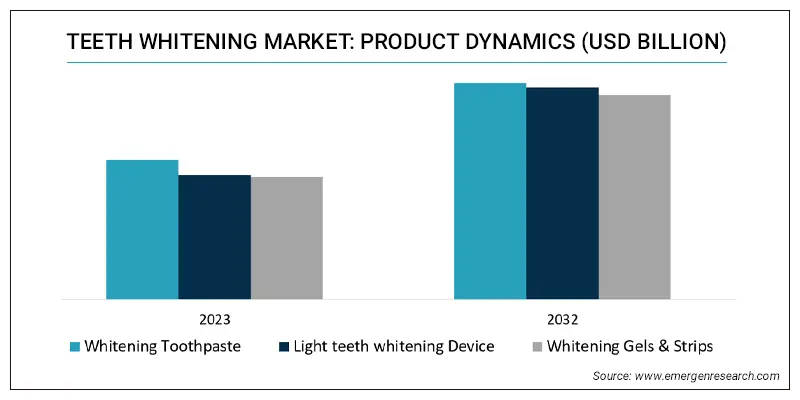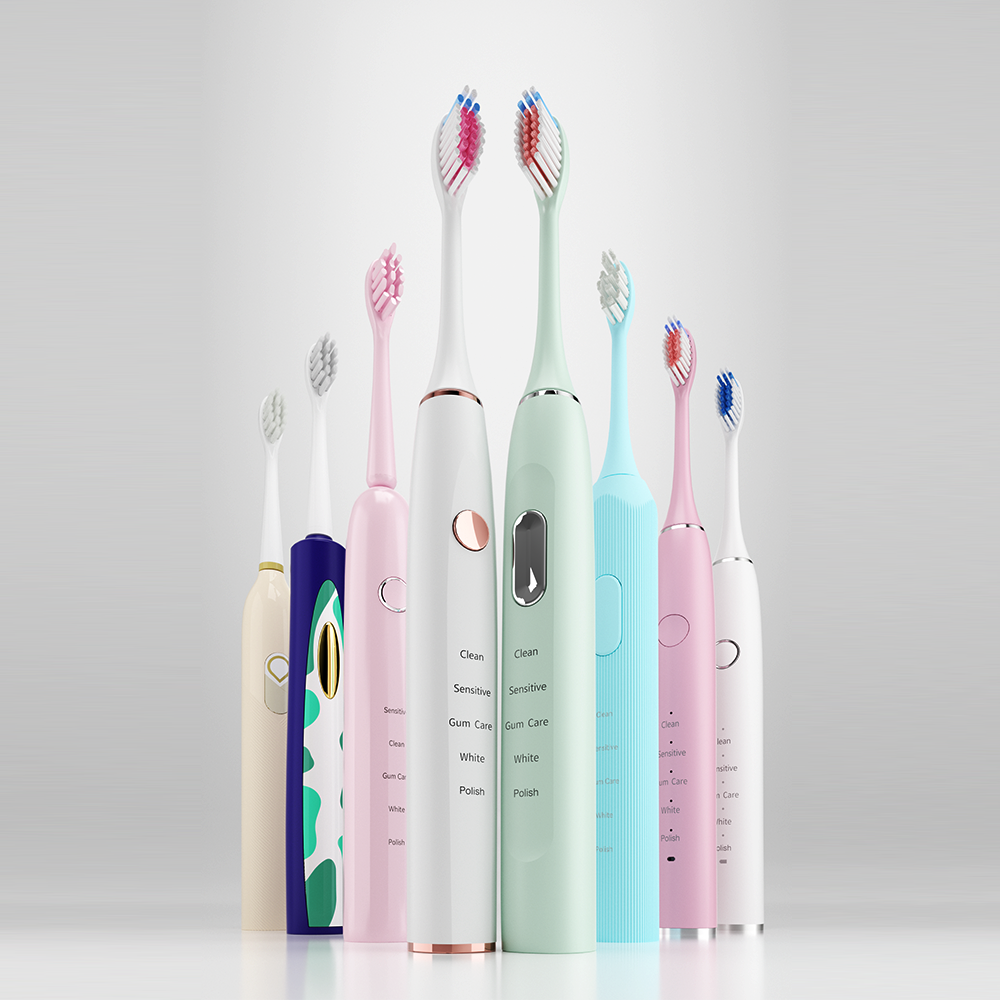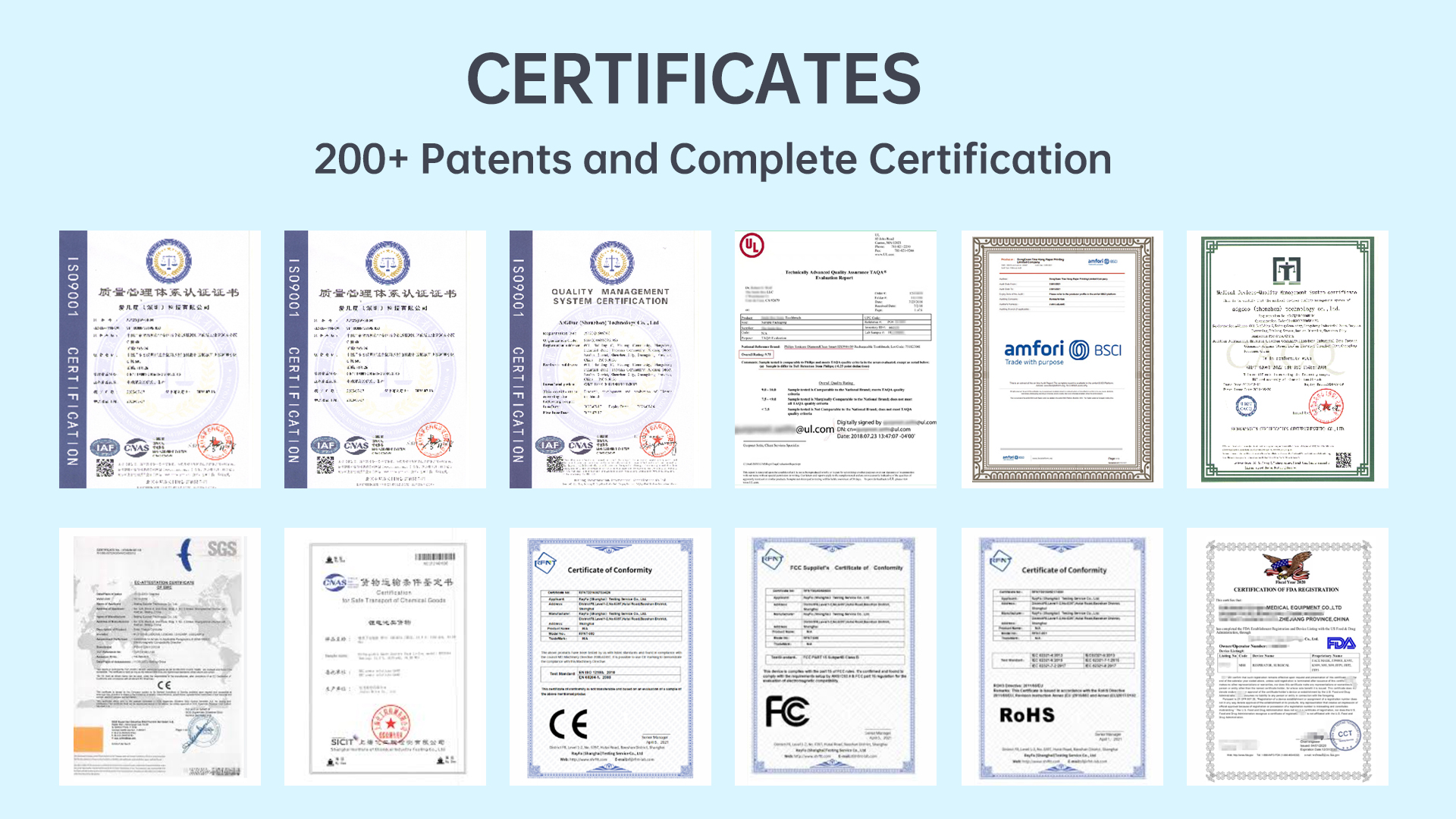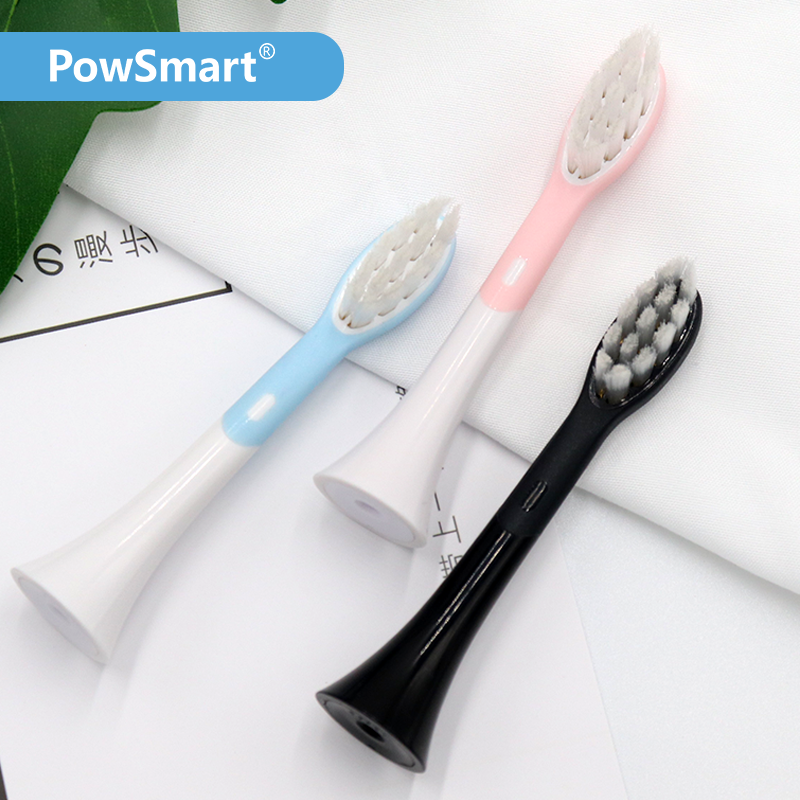When you design an electric toothbrush for Alaska—where hikers, fishers, field researchers, and cold-climate travelers live and play—“travel” means extreme conditions. Therefore a successful Alaska travel toothbrush must be engineered as an Alaska rugged toothbrush: ruggedized mechanically, electrically, and operationally. Below are six B2B-focused dimensions (market, mechanical, power, sealing & electronics, validation, and commercialization) explaining why rugged-first design is the right approach for electric toothbrushes destined for Alaska—and how to make it manufacturable and profitable.
First, understand who buys and why. Alaska buyers value reliability over frills: remote cabins, long treks, boat decks, and subzero mornings create failure modes ordinary travel brushes never see. Positioning:
Next, rugged design choices are primarily mechanical: materials, geometry, and user interface. Key levers:
Moreover, power system choices are mission-critical in cold climates: Li-ion batteries perform poorly when cold unless designed for it. Recommended strategy:
Furthermore, sealing and electronics protection prevent most field failures:
Also, rigorous testing prevents surprises:
Finally, make ruggedization manufacturable and commercially viable:
To convert a concept into a marketable Alaska travel toothbrush (that is truly an Alaska rugged toothbrush), execute these six steps:
If you’d like, I can draft a developer-ready spec sheet (materials table, target IP & temperature ranges, battery & BMS recommendations, drop matrix, and test protocols) so your engineering and sourcing teams can move straight to prototyping. Contact Powsmart
.jpg)
.jpg)
.jpg)
How does dental technology like AI diagnostics improve accuracy

Anti-Swallow Design in Kids’ Electric Toothbrushes – Custom Manufacturing
Electric Toothbrush with Long Battery Cycle Durability, Waterproof Design & Advanced PCB Technology
How Do Indicator Error and Seal Deterioration Mislead Users?
.jpg)
Designing Kid Electric Toothbrush Models for Your Fun Dental Care Products Range?

Global teeth whitening Device Market : Fastest Growing Regions and Consumer Group Portraits

Top OEM Electric Toothbrush Manufacturer for Kids – Powsmart

How Charging Methods Impact Your OEM Electric Toothbrush Strategy
Where to Buy Electric Toothbrush in Washington DC | Local Guide

Global Electric Toothbrush Market Report: Portrait of the Fastest Growing Regions and Consumer Groups

Light Therapy in Dentistry: The Rise of LED Teeth Whitening Systems
.jpg)
What Are Typical Electric Toothbrush Delivery Lead Time and Electric Toothbrush Payment Terms?

Camping Electric Brush Too Bulky? Folding Toothbrush Design Saves 50% Space!

How to Choose a Reliable Electric Toothbrush OEM Factory and Build Long-Lasting Product Lines?

Does It Matter If You Buy an Electric Toothbrush Replacement Head That Is Not an Official One?

The Rise of Wireless Teeth Whitening Devices: Manufacturing Innovations

Private Label Whitening Gel
.jpg)
Florida Electric Toothbrush – Powsmart PTR-C8

electric toothbrush heads Ultra Soft

electric toothbrush heads Charcoal Infuse-Round

electric toothbrush heads Deep Clean

electric toothbrush heads Regular Clean

Electric toothbrush heads Charcoal Infused-Diamond

Customization Teeth Whitening Gel
whstapp
whstapp
National Toll-Free Service Hotline
+86 755 86238638